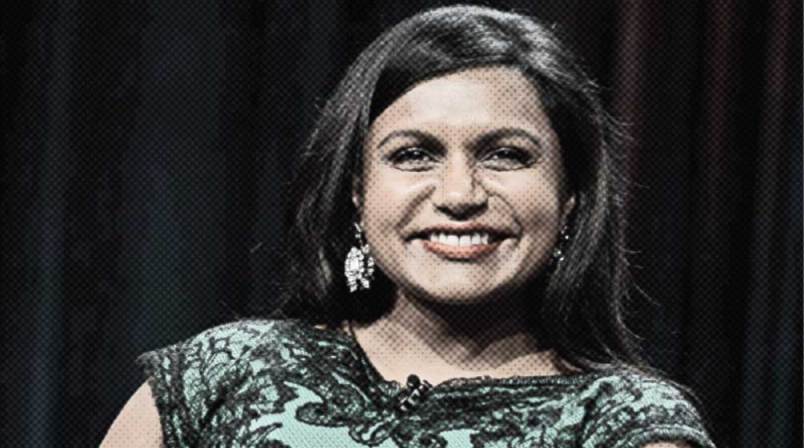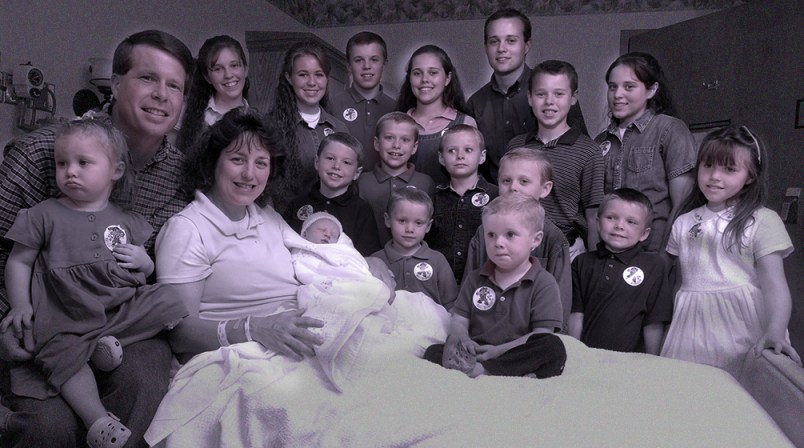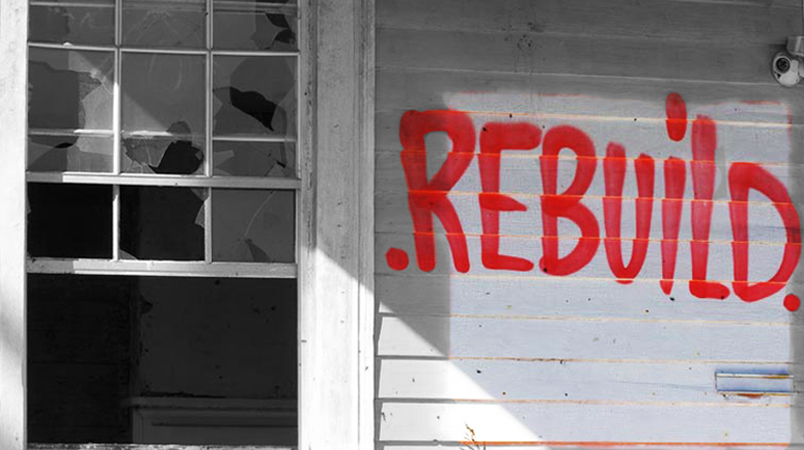In a recent episode of The Mindy Project, Mindy Lahiri, the show’s protagonist played by South Asian American comedian and actress Mindy Kaling, was considering a medical fellowship at Stanford. Her boyfriend, fellow doctor Danny Castellano, upset by the prospect of her moving to California, confides in another colleague. Confused, he tells Castellano: “But Mindy hates not being the only Asian in the room.”
It’s a quick remark that Castellano ignores. It’s also one of many moments in The Mindy Project that hints at race issues, but nothing more. There was the time Lahiri was talking to a police officer and said, “There is this shawarma stand that I am certain is terrorists.” Or the time her coworker accused her of only dating white boys, to which she responded that she hooked up with a Korean guy once: “His hands were so small, it made my boobs feel enormous!” Or there was that episode a few weeks ago, in a flashback sequence, during which Lahiri is 24, a virgin, donning blue contacts and looking for potential sexual prospects—“white guys that are into Asian stuff.”
It’s easy to conflate her character with Kaling herself, so it makes me wonder what inspires these throwaway lines. In real life, Kaling has been reluctant to discuss race, and in some cases has become visibly frustrated by it: In an interview at the Paley Center, she remarked that she is sometimes angry her show isn’t 75 years in the future so she wouldn’t be the first South Asian female showrunner, tasked with representing all South Asians. At a panel at SXSW, she shut down an inquiry about the diversity of her own cast by saying, “I’m a fucking Indian woman who has her own fucking network television show, OK?”
Until now, I was hesitant to write about Kaling and race, lest I sound like I’m criticizing the only South Asian woman on TV for not being South Asian enough. It’s frustrating when people presume a pioneer will become an unwilling leader in a struggle with which they may not identify. We expect too much from women in public, I tell myself. Optics matter, and the fact that she is on TV makes it more likely that someone like me could be, too. It’s hard for me not to overlay my own expectations onto Kaling—like her, I am a Bengali female writer in my mid-thirties who grew up in an East Coast suburb.
But I’m also a feminist who cares about racial justice, so it’s impossible to ignore her often defensive, flippant responses to questions about race, or her flat-out refusal to discuss how her identity impacts her character and her own career. Kaling is hardly the first South Asian in the public eye who avoids talking about race in an attempt to be “just like the rest.” Conservatives like Bobby Jindal and Nikki Haley (who, like Kaling, tweaked their names to sound more American) have worked very hard at constructing an identity that is explicitly not Indian.
Kaling denies being a Republican, but her television alter-ego has made several comments on the conservative side—she’s into guns, wants to “get” the terrorists and thinks recycling makes us look poor. In an interview with Charlie Rose, Kaling said she loves giving her character libertarian or off-color lines, different from what you’d expect from someone with a marginalized identity. It makes Lahiri “weirdly patriotic,” she explained.
There’s a cultural script for this behavior: the model minority myth. Growing up in the 1980s, the expectation was that South Asians were “humble immigrants” who kept their heads down, didn’t make a fuss, and didn’t mingle too much outside their own race. Kaling makes me wonder if the next generation is expected to assimilate completely. There isn’t an incentive to bring up race, but there is a social reward for not being like the “other” people of color. We are told by society: You grew up in America. You went to Harvard. What’s the problem?
Much to my mother’s chagrin, I did not attend Harvard (or any Ivy League) but when I was growing up, I had a hard time squaring a desire to have friends and be liked with the fact that my family and I weren’t white. I couldn’t “fit in” and be South Asian at the same time, at least not in my predominantly white upstate New York town. This split identity felt even more isolating when I tried to bond with other South Asians over race, and was met with hesitation or denial that a tension existed at all. I’ve seen this tendency over and over: South Asian Americans often deal with the pressure to fit in by distancing themselves from the narrative of race in America.
And this pressure is very real—especially post-9/11, when the South Asian community has consistently been interrogated to ensure we are not a threat. But this context gives even more weight to Lahiri’s comments about “terrorists.” It tells a story about how there are good South Asians and bad South Asians, and Kaling is making clear she does not identify with the latter.
This feels more tone-deaf than ever now that the conversation about race is front-and-center and people are marching in the streets. How do South Asians fit in? Awkwardly. Some of us identify strongly with the fight for racial justice in America and are outspoken about it. The way I see it, we should be ready to give up the fictitious veneer of privilege to acknowledge that racism has hurt all of us. Others prefer not to speak up, or lack the language to discuss how they have experienced racism. We are neither black nor white; there is no blueprint to discuss the nuances of our own experiences.
Still, Kaling wants to be a comedian and artist, not an activist, and I’m sure her frustration with having to talk about race is about the unfair expectations put on actors of color. She doesn’t have the luxury of just being an artist. She has become the object of desire for us, a generation of South Asians who didn’t feel part of the race narrative, hoping for an icon who perfectly encapsulates the complexity of our existence. Which is, frankly, impossible.
Through her show, she’s done the important work of mirroring this desire to be just a woman with a voice and a point-of-view, who also happens to be South Asian. The character Kaling has created is a South Asian doctor living in New York who is quirky, goofy, self-absorbed, materialistic, hilarious and surrounded by white people. Her character is infuriating, but it’s also absolutely spot-on. Lots of South Asians have mostly white friends. Lots of them avoid talking about race. The Mindy Project winks at the stereotype that all South Asians are doctors. Mindy Lahiri is representative of a specific South Asian American experience whether we like it or not.
Still, when it comes down to it, Kaling’s work doesn’t exist in a vacuum. In an interview for NPR in October, Kaling was asked yet again about being a pioneer for South Asian women. “I think that it’s insidious to be spending more of your time reflecting and talking about panels and talking more and more in smart ways about your otherness,” she said, “rather than doing the hard work of your job.”
To Kaling, focusing on your difference is a distraction from the “hard work” of creating a fictitious world that ignores race. But as much as Kaling wishes she could do that work on a blank canvas, we don’t have the option to ignore how race influences our lives and our art. And the only way we will see more and more South Asian artists is by talking about our experiences so others can learn from it. So that, sometime soon, there can be other fucking Indian woman with their own fucking network shows.
Samhita Mukhopadhyay is a NYC-based digital strategist, writer and author of Outdated: Why Dating is Ruining Your Love Life.






